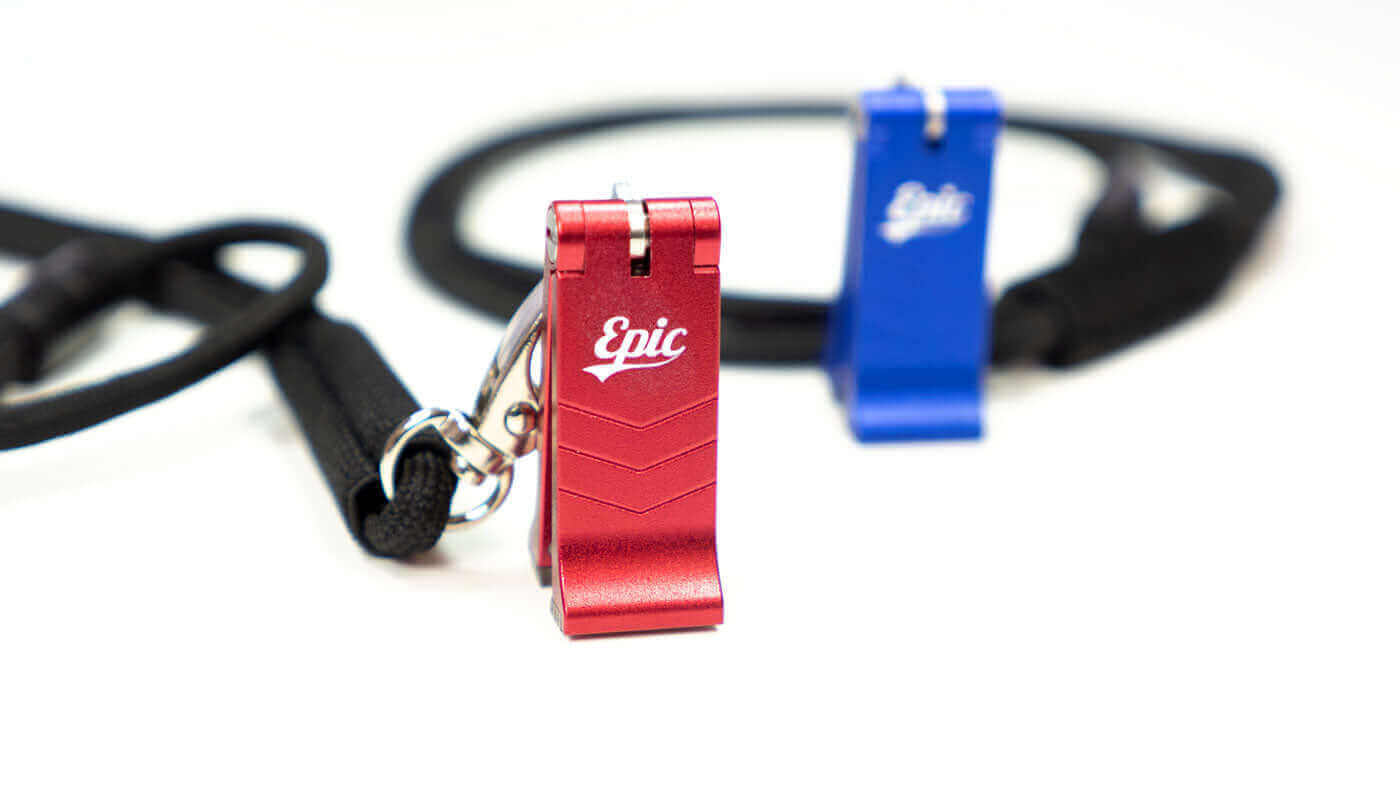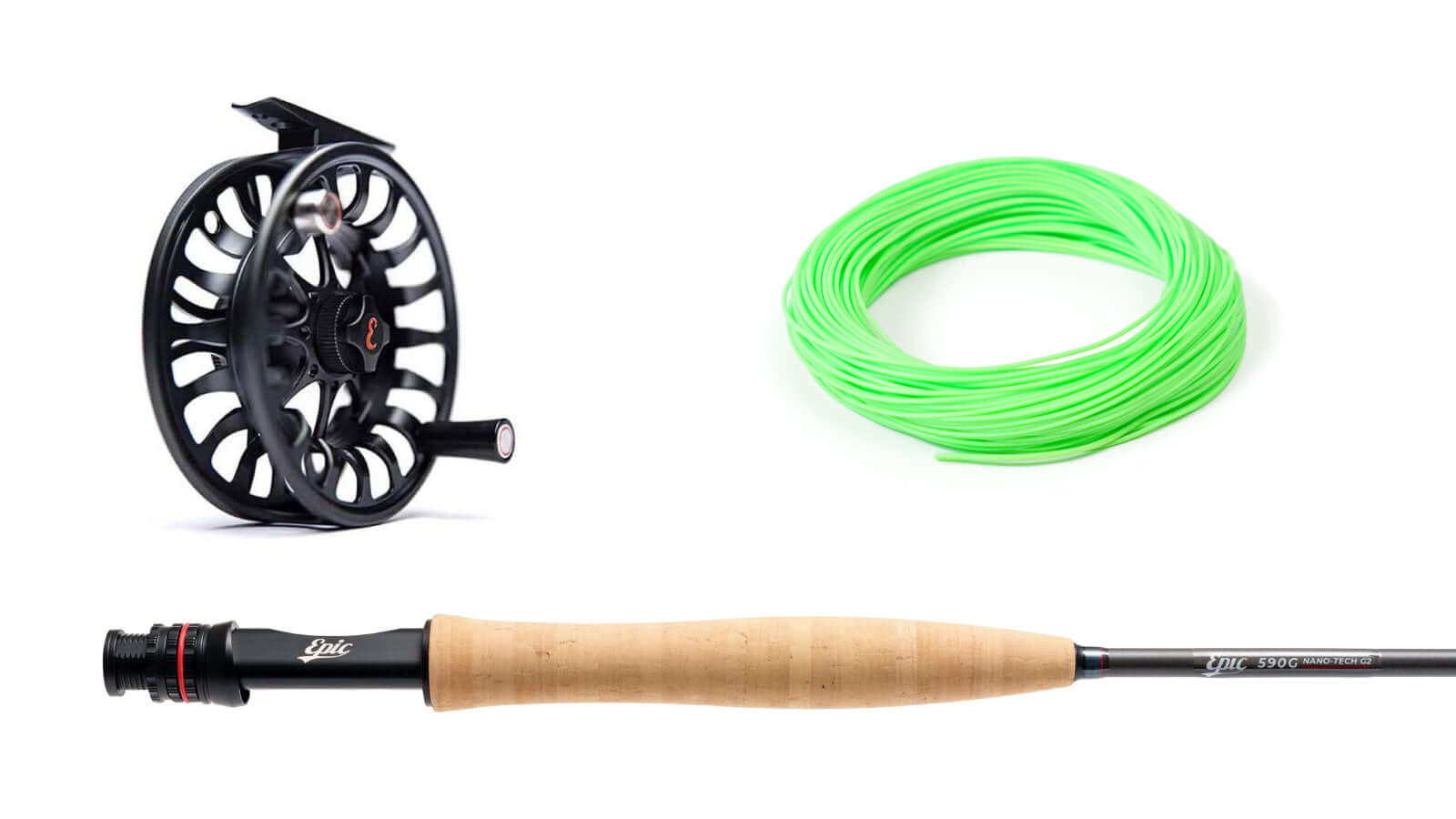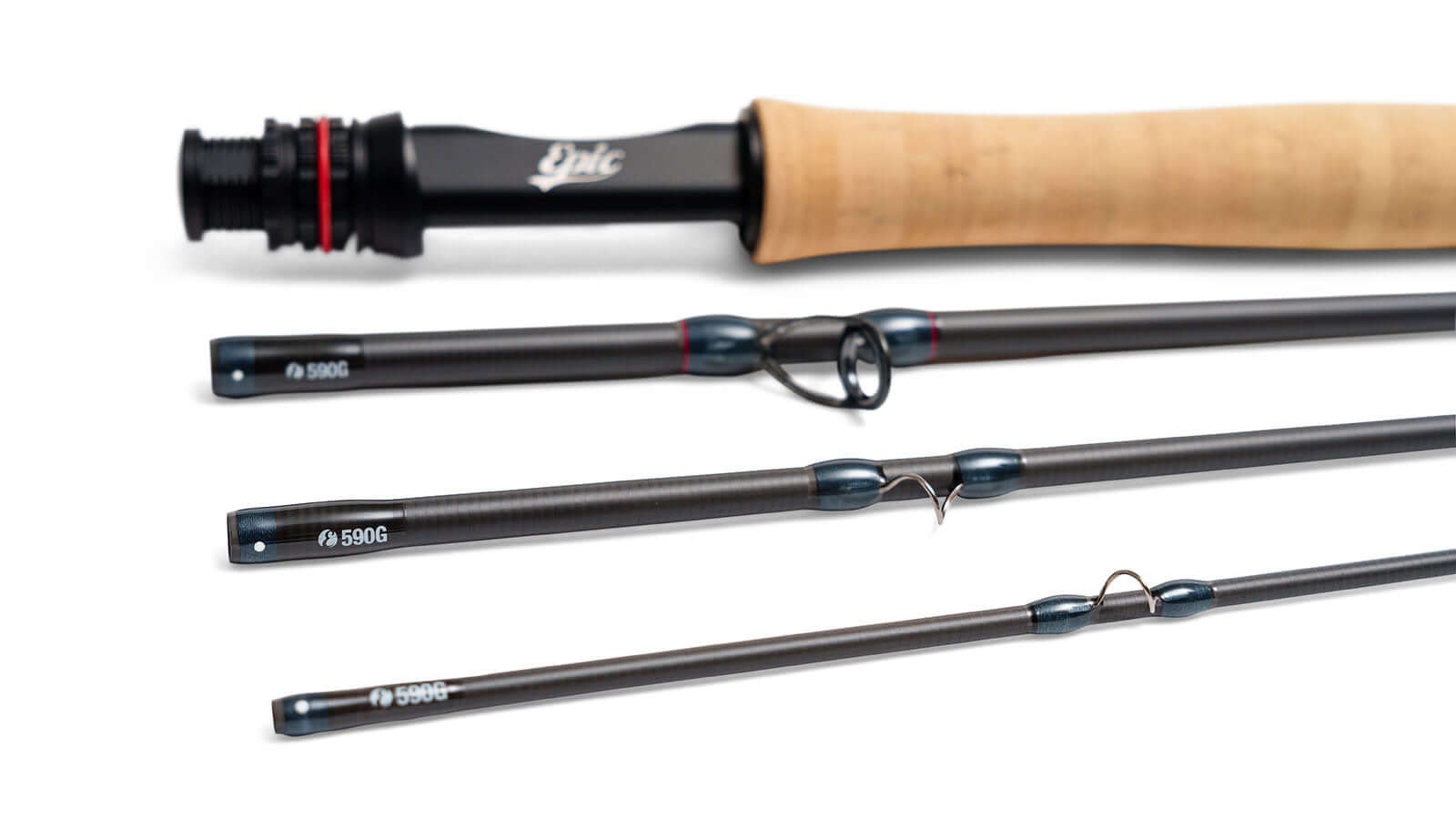
You can see here I’m hooking the fly rod around behind my head. Poor tracking, not good. This stance looks more like I'm about to club a seal than cast a fly line
Fly casting is all about getting your fly to land where you want it, or perhaps more correctly - getting the fly to land where it is most likely to be taken by a fish ;-)
A major part of getting the take is being accurate with your casts, and two aspects come into play here.
- Using the correct amount of line to make the required distance
- Landing the fly accurately on the correct drift line to be taken by a feeding fish.
To make accurate casts you need to be aware of your tracking. Tracking is a term used to refer to the the path your rod makes during the stroke and it has a great effect on how and where your fly line will lay out.
You’ll probably be familiar with the golfing terms “hooking the ball” and “slicing the ball” - the result being that the ball flies off to the left or right instead of flying straight and true.
A similar effect can be seen in fly casting where on the final presentation you’ll possibly see your fly line curve out to the left or right rather than laying our relatively straight and on target.
That curve in the fly line is the result of the path the tip of the fly rod travels before laying out that final line - and that process is referred to as tracking.
At times you’ll want to throw a curve or two - which we’ll cover in subsequent casting articles - but before we get into the fancy stuff it’s import to understand how to track straight.
If you tend to cast with your fly rod canted out to the side a little (and most of us do) it's highly likely that your tracking is out and you are throwing somewhat of a curve cast. Most of us have learnt to naturally compensate for this little error, noting that the fly is going to land to the left or right of where we are actually aiming.
Side arm casters tend to cast around their body and bring the rod tip around behind their head instead of straight and over the top with the rod held in a more vertical position.
If you want to be super accurate you need to learn how to track straight and that means lining up a few things and casting with a more vertical and overhead stance. Sure, you can be accurate with a sidearm cast - but its much more difficult to do.
How to check your tracking.
Get out on the grass and make a few false casts as you normally would, then drop your back cast on the field behind you. Turn around and take a look. I’m betting that the fly line is not laying out directly behind you - most likely it will be laid out in a large curve. To the left or right depending on your stroke.

line everything up, usually rod foot forward pointing towards the target
How to fix it.
To be accurate you need to line up your target, your front foot, your elbow, arm and rod and cast overhead in that plane. Think of it in birds eye view as if there was literally a straight line from your target up through your foot arm wrist and rod. Think chopping wood, that axe needs to swing straight overhead in order to be effective. Throwing darts - the throw needs to be straight in order to deliver on target. Casting is the same.
 Target, foot, elbow, hand and rod all lined up and “in plane” - you’re all set up to track straight.
Target, foot, elbow, hand and rod all lined up and “in plane” - you’re all set up to track straight.
An exercises to help straighten things out.
Targets. Head out onto the park and pick a target in the distance, a tree or post. Pick a target way out behind you. Now stand directly in between these two targets lining yourself up so that your front target, your body and your rear target are all in a line.
For your forward cast you’ll be aiming to slice the front target in half with your rod tip, on the back cast you will come straight over the top and aim to have your rod tip come down inline with the target behind you. This will likely feel a little strange at first - but if you can do this expertise you are tracking straight. Let a line go out in front of you - it will be straight if you are tracking those targets correctly. Same for your back cast, drop a few casts to the back - if you’re all lined up, the line out behind you will be pointing straight out at the target behind you.

Practice so that you can pull this over head cast out of your bag of tricks whenever you need a super accurate straight line cast. This is not likely to be the cast that you use all day every day on the river, but if you need to be very accurate and present a fly in a tea cup - this is how you do it. And once you understand tracking and its cause and effect your “normal” cast will become more accurate too - and that’s a good thing.
Go Fish!

































